Miao Ye
MA-CDMR: An Intelligent Cross-domain Multicast Routing Method based on Multiagent Deep Reinforcement Learning in Multi-domain SDWN
Sep 11, 2024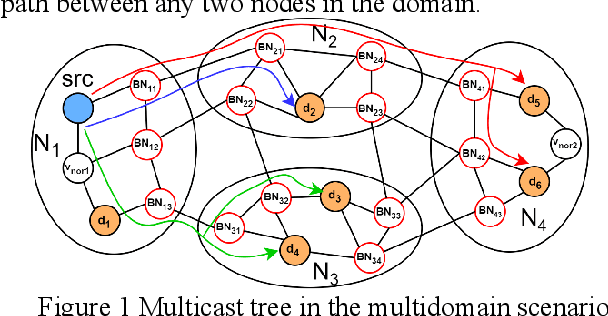
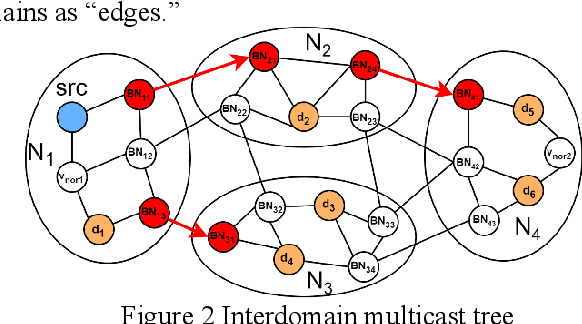
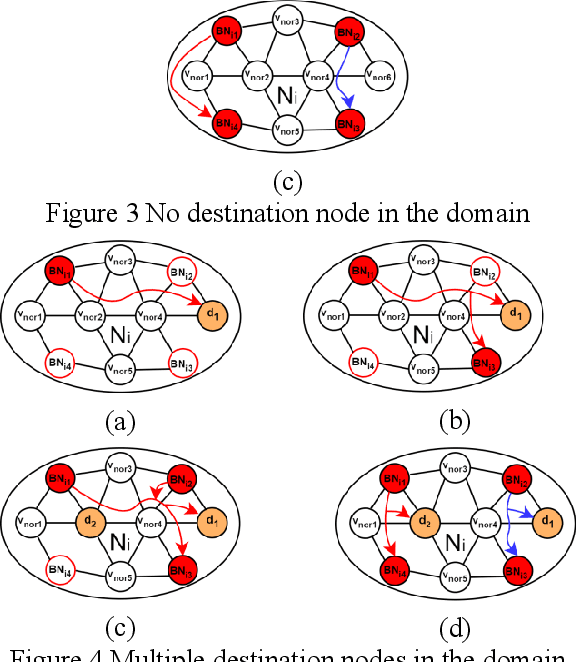
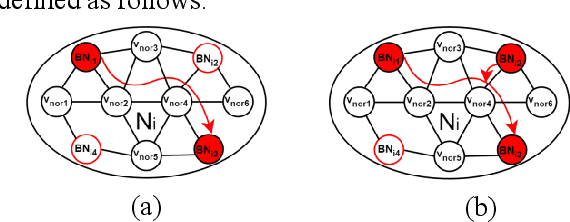
Abstract:The cross-domain multicast routing problem in a software-defined wireless network with multiple controllers is a classic NP-hard optimization problem. As the network size increases, designing and implementing cross-domain multicast routing paths in the network requires not only designing efficient solution algorithms to obtain the optimal cross-domain multicast tree but also ensuring the timely and flexible acquisition and maintenance of global network state information. However, existing solutions have a limited ability to sense the network traffic state, affecting the quality of service of multicast services. In addition, these methods have difficulty adapting to the highly dynamically changing network states and have slow convergence speeds. To this end, this paper aims to design and implement a multiagent deep reinforcement learning based cross-domain multicast routing method for SDWN with multicontroller domains. First, a multicontroller communication mechanism and a multicast group management module are designed to transfer and synchronize network information between different control domains of the SDWN, thus effectively managing the joining and classification of members in the cross-domain multicast group. Second, a theoretical analysis and proof show that the optimal cross-domain multicast tree includes an interdomain multicast tree and an intradomain multicast tree. An agent is established for each controller, and a cooperation mechanism between multiple agents is designed to effectively optimize cross-domain multicast routing and ensure consistency and validity in the representation of network state information for cross-domain multicast routing decisions. Third, a multiagent reinforcement learning-based method that combines online and offline training is designed to reduce the dependence on the real-time environment and increase the convergence speed of multiple agents.
DHRL-FNMR: An Intelligent Multicast Routing Approach Based on Deep Hierarchical Reinforcement Learning in SDN
May 30, 2023Abstract:The optimal multicast tree problem in the Software-Defined Networking (SDN) multicast routing is an NP-hard combinatorial optimization problem. Although existing SDN intelligent solution methods, which are based on deep reinforcement learning, can dynamically adapt to complex network link state changes, these methods are plagued by problems such as redundant branches, large action space, and slow agent convergence. In this paper, an SDN intelligent multicast routing algorithm based on deep hierarchical reinforcement learning is proposed to circumvent the aforementioned problems. First, the multicast tree construction problem is decomposed into two sub-problems: the fork node selection problem and the construction of the optimal path from the fork node to the destination node. Second, based on the information characteristics of SDN global network perception, the multicast tree state matrix, link bandwidth matrix, link delay matrix, link packet loss rate matrix, and sub-goal matrix are designed as the state space of intrinsic and meta controllers. Then, in order to mitigate the excessive action space, our approach constructs different action spaces at the upper and lower levels. The meta-controller generates an action space using network nodes to select the fork node, and the intrinsic controller uses the adjacent edges of the current node as its action space, thus implementing four different action selection strategies in the construction of the multicast tree. To facilitate the intelligent agent in constructing the optimal multicast tree with greater speed, we developed alternative reward strategies that distinguish between single-step node actions and multi-step actions towards multiple destination nodes.
An Intelligent SDWN Routing Algorithm Based on Network Situational Awareness and Deep Reinforcement Learning
May 12, 2023Abstract:Due to the highly dynamic changes in wireless network topologies, efficiently obtaining network status information and flexibly forwarding data to improve communication quality of service are important challenges. This article introduces an intelligent routing algorithm (DRL-PPONSA) based on proximal policy optimization deep reinforcement learning with network situational awareness under a software-defined wireless networking architecture. First, a specific data plane is designed for network topology construction and data forwarding. The control plane collects network traffic information, sends flow tables, and uses a GCN-GRU prediction mechanism to perceive future traffic change trends to achieve network situational awareness. Second, a DRL-based data forwarding mechanism is designed in the knowledge plane. The predicted network traffic matrix and topology information matrix are treated as the environment for DRL agents, while next-hop adjacent nodes are treated as executable actions. Accordingly, action selection strategies are designed for different network conditions to achieve more intelligent, flexible, and efficient routing control. The reward function is designed using network link information and various reward and penalty mechanisms. Additionally, importance sampling and gradient clipping techniques are employed during gradient updating to enhance convergence speed and stability. Experimental results show that DRL-PPONSA outperforms traditional routing methods in network throughput, delay, packet loss rate, and wireless node distance. Compared to value-function-based Dueling DQN routing, the convergence speed is significantly improved, and the convergence effect is more stable. Simultaneously, its consumption of hardware storage space is reduced, and efficient routing decisions can be made in real-time using the current network state information.
Intelligent multicast routing method based on multi-agent deep reinforcement learning in SDWN
May 12, 2023Abstract:Multicast communication technology is widely applied in wireless environments with a high device density. Traditional wireless network architectures have difficulty flexibly obtaining and maintaining global network state information and cannot quickly respond to network state changes, thus affecting the throughput, delay, and other QoS requirements of existing multicasting solutions. Therefore, this paper proposes a new multicast routing method based on multiagent deep reinforcement learning (MADRL-MR) in a software-defined wireless networking (SDWN) environment. First, SDWN technology is adopted to flexibly configure the network and obtain network state information in the form of traffic matrices representing global network links information, such as link bandwidth, delay, and packet loss rate. Second, the multicast routing problem is divided into multiple subproblems, which are solved through multiagent cooperation. To enable each agent to accurately understand the current network state and the status of multicast tree construction, the state space of each agent is designed based on the traffic and multicast tree status matrices, and the set of AP nodes in the network is used as the action space. A novel single-hop action strategy is designed, along with a reward function based on the four states that may occur during tree construction: progress, invalid, loop, and termination. Finally, a decentralized training approach is combined with transfer learning to enable each agent to quickly adapt to dynamic network changes and accelerate convergence. Simulation experiments show that MADRL-MR outperforms existing algorithms in terms of throughput, delay, packet loss rate, etc., and can establish more intelligent multicast routes.
A Novel Self-Supervised Learning-Based Anomaly Node Detection Method Based on an Autoencoder in Wireless Sensor Networks
Dec 26, 2022



Abstract:Due to the issue that existing wireless sensor network (WSN)-based anomaly detection methods only consider and analyze temporal features, in this paper, a self-supervised learning-based anomaly node detection method based on an autoencoder is designed. This method integrates temporal WSN data flow feature extraction, spatial position feature extraction and intermodal WSN correlation feature extraction into the design of the autoencoder to make full use of the spatial and temporal information of the WSN for anomaly detection. First, a fully connected network is used to extract the temporal features of nodes by considering a single mode from a local spatial perspective. Second, a graph neural network (GNN) is used to introduce the WSN topology from a global spatial perspective for anomaly detection and extract the spatial and temporal features of the data flows of nodes and their neighbors by considering a single mode. Then, the adaptive fusion method involving weighted summation is used to extract the relevant features between different models. In addition, this paper introduces a gated recurrent unit (GRU) to solve the long-term dependence problem of the time dimension. Eventually, the reconstructed output of the decoder and the hidden layer representation of the autoencoder are fed into a fully connected network to calculate the anomaly probability of the current system. Since the spatial feature extraction operation is advanced, the designed method can be applied to the task of large-scale network anomaly detection by adding a clustering operation. Experiments show that the designed method outperforms the baselines, and the F1 score reaches 90.6%, which is 5.2% higher than those of the existing anomaly detection methods based on unsupervised reconstruction and prediction. Code and model are available at https://github.com/GuetYe/anomaly_detection/GLSL
DRL-M4MR: An Intelligent Multicast Routing Approach Based on DQN Deep Reinforcement Learning in SDN
Jul 31, 2022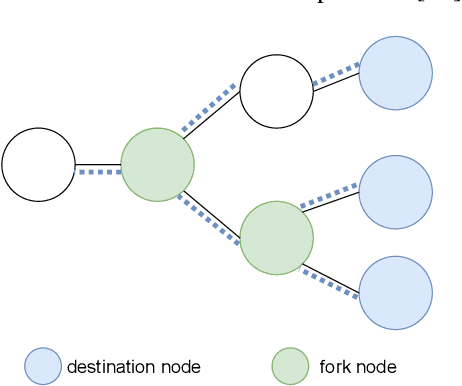
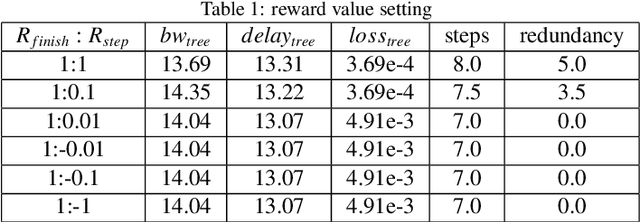
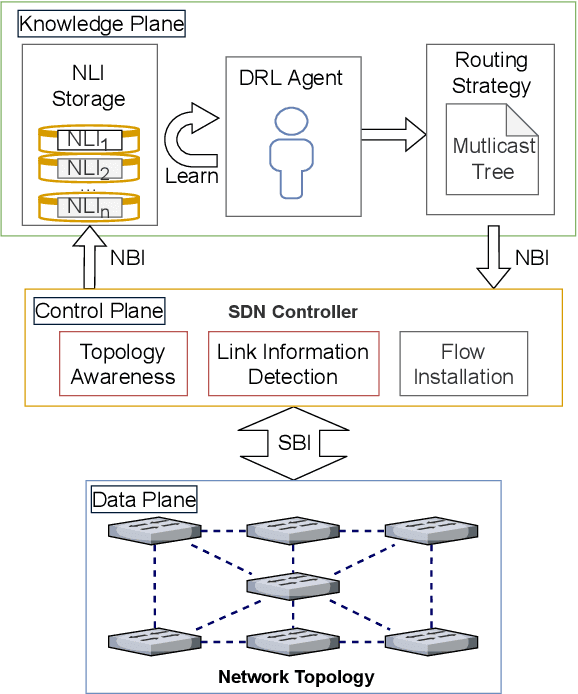

Abstract:Traditional multicast routing methods have some problems in constructing a multicast tree, such as limited access to network state information, poor adaptability to dynamic and complex changes in the network, and inflexible data forwarding. To address these defects, the optimal multicast routing problem in software-defined networking (SDN) is tailored as a multi-objective optimization problem, and an intelligent multicast routing algorithm DRL-M4MR based on the deep Q network (DQN) deep reinforcement learning (DRL) method is designed to construct a multicast tree in SDN. First, the multicast tree state matrix, link bandwidth matrix, link delay matrix, and link packet loss rate matrix are designed as the state space of the DRL agent by combining the global view and control of the SDN. Second, the action space of the agent is all the links in the network, and the action selection strategy is designed to add the links to the current multicast tree under four cases. Third, single-step and final reward function forms are designed to guide the intelligence to make decisions to construct the optimal multicast tree. The experimental results show that, compared with existing algorithms, the multicast tree construct by DRL-M4MR can obtain better bandwidth, delay, and packet loss rate performance after training, and it can make more intelligent multicast routing decisions in a dynamic network environment.
A Novel Anomaly Detection Method for Multimodal WSN Data Flow via a Dynamic Graph Neural Network
Feb 19, 2022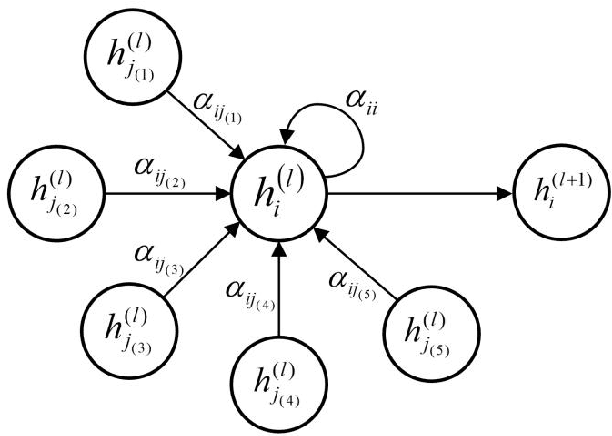
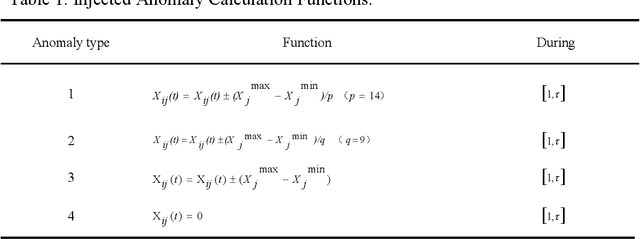
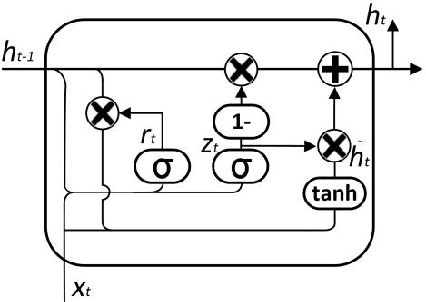
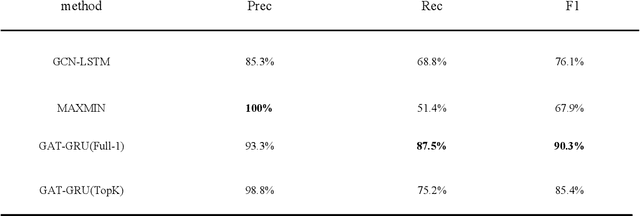
Abstract:Anomaly detection is widely used to distinguish system anomalies by analyzing the temporal and spatial features of wireless sensor network (WSN) data streams; it is one of critical technique that ensures the reliability of WSNs. Currently, graph neural networks (GNNs) have become popular state-of-the-art methods for conducting anomaly detection on WSN data streams. However, the existing anomaly detection methods based on GNNs do not consider the temporal and spatial features of WSN data streams simultaneously, such as multi-node, multi-modal and multi-time features, seriously impacting their effectiveness. In this paper, a novel anomaly detection model is proposed for multimodal WSN data flows, where three GNNs are used to separately extract the temporal features of WSN data flows, the correlation features between different modes and the spatial features between sensor node positions. Specifically, first, the temporal features and modal correlation features extracted from each sensor node are fused into one vector representation, which is further aggregated with the spatial features, i.e., the spatial position relationships of the nodes; finally, the current time-series data of WSN nodes are predicted, and abnormal states are identified according to the fusion features. The simulation results obtained on a public dataset show that the proposed approach is able to significantly improve upon the existing methods in terms of its robustness, and its F1 score reaches 0.90, which is 14.2% higher than that of the graph convolution network (GCN) with long short-term memory (LSTM).
 Add to Chrome
Add to Chrome Add to Firefox
Add to Firefox Add to Edge
Add to Edge